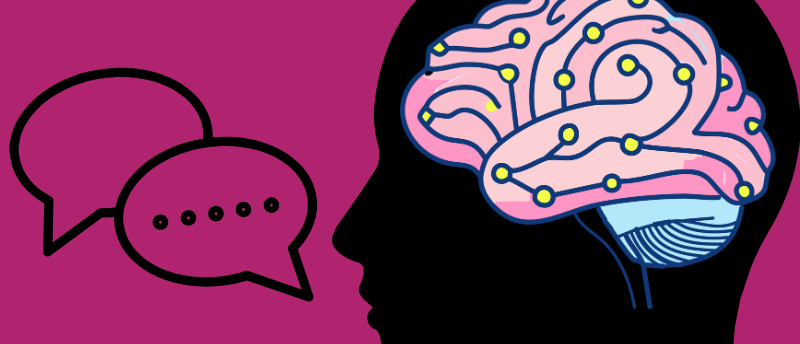The neural activity underlying human conversation

The dynamic organization of neural activities underlying conversation has been revealed.
Have you ever wondered how our brains process language during conversations? Now, a team of researchers from Massachusetts General Hospital (MA, USA) has investigated this. Using artificial intelligence and neural recordings, they have revealed a dynamic organization of neural activities underlying speech production and comprehension – and the transition between the two – during natural conversation.
Conversation is an essential form of human communication, enabling us to convey and derive complex information through language. However, the dynamic nature of dialog, along with the diversity of information exchanged and the context in which it is said, has made understanding the neural mechanisms underlying conversation a challenge.
With recent advancements in natural language processing models based on artificial deep learning neural networks, a perspective platform for studying these neural mechanisms has come to light. Utilizing these models in combination with intracranial neural recordings, lead author Jing Cai and the team were able to track the linguistic features of conversation and the corresponding neural activity in different regions of the brain.
“By analyzing these synchronized data streams, we could map how specific aspects of language – like the words being spoken and the conversational context – were represented in the dynamic patterns of brain activity during conversation,” explained Cai.
 New insights into the genetic basis of Parkinson’s
New insights into the genetic basis of Parkinson’s
A new set of genes that contribute to Parkinson’s disease risk has been identified.
The team found that the neural activities that reflected speech production and listening in a conversation were widespread throughout the frontal and temporal lobes. Interestingly, these brain activity patterns were found to be highly specific, changing depending on the exact words being spoken, the order in which they were said and their contextual nature.
The team also observed a partial overlap of neural patterns during language production and comprehension, with transitions between listening and speaking associated with specific, time-aligned shifts in brain activity. This overlap hints at an efficient neural system that is repurposed depending on whether information is being sent or received, providing insights into how our brains handle the back and forth of conversation.
“Our findings offer significant insights into how the brain pulls off the seemingly effortless feat of conversation. It highlights just how distributed and dynamic the neural machinery for language is – it’s not just one spot lighting up, but a network across different brain regions,” concluded Cai.
The next step for the team will involve semantic decoding, where they will move beyond identifying brain activity during conversation and decode the meaning of the words and concepts being processed.

